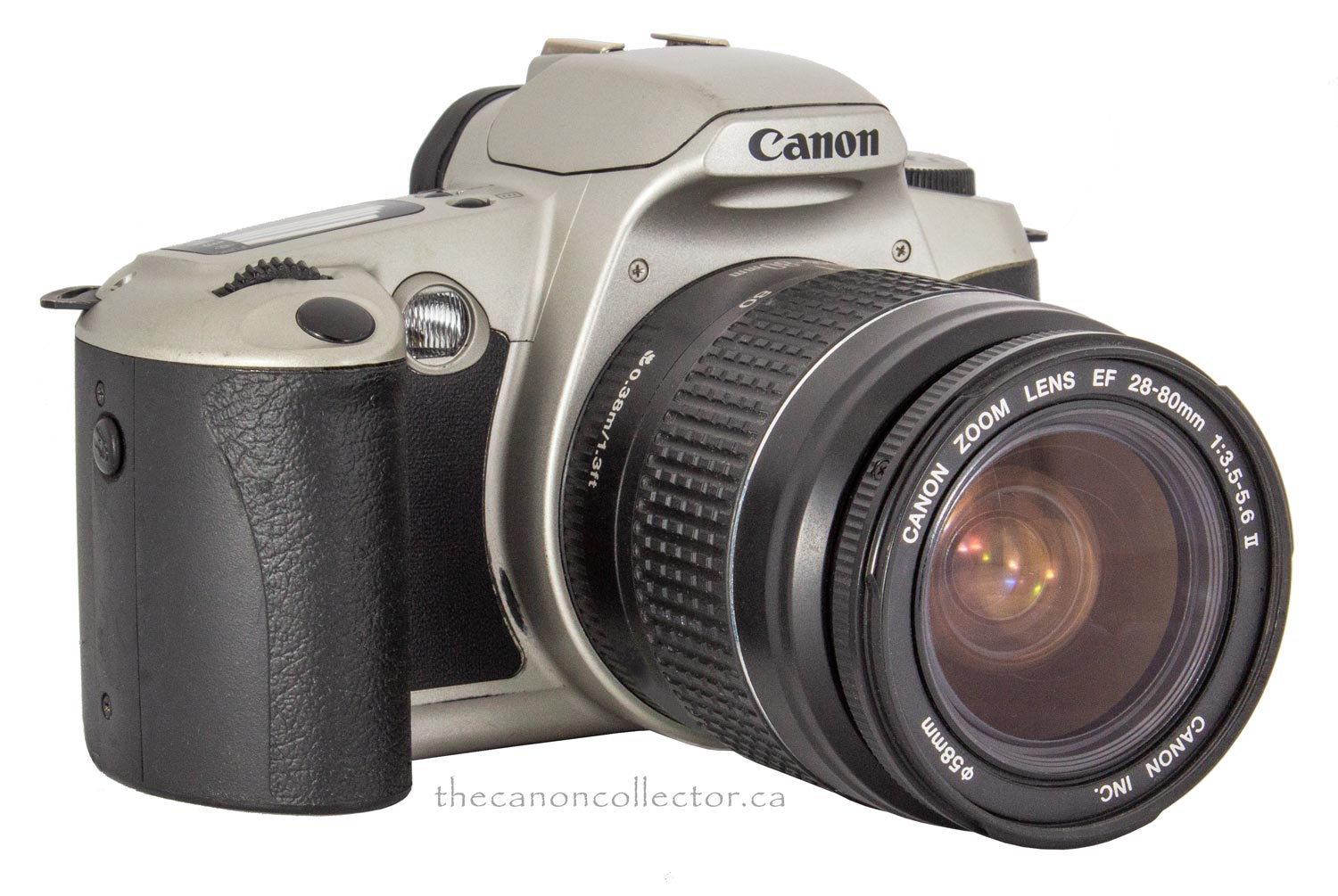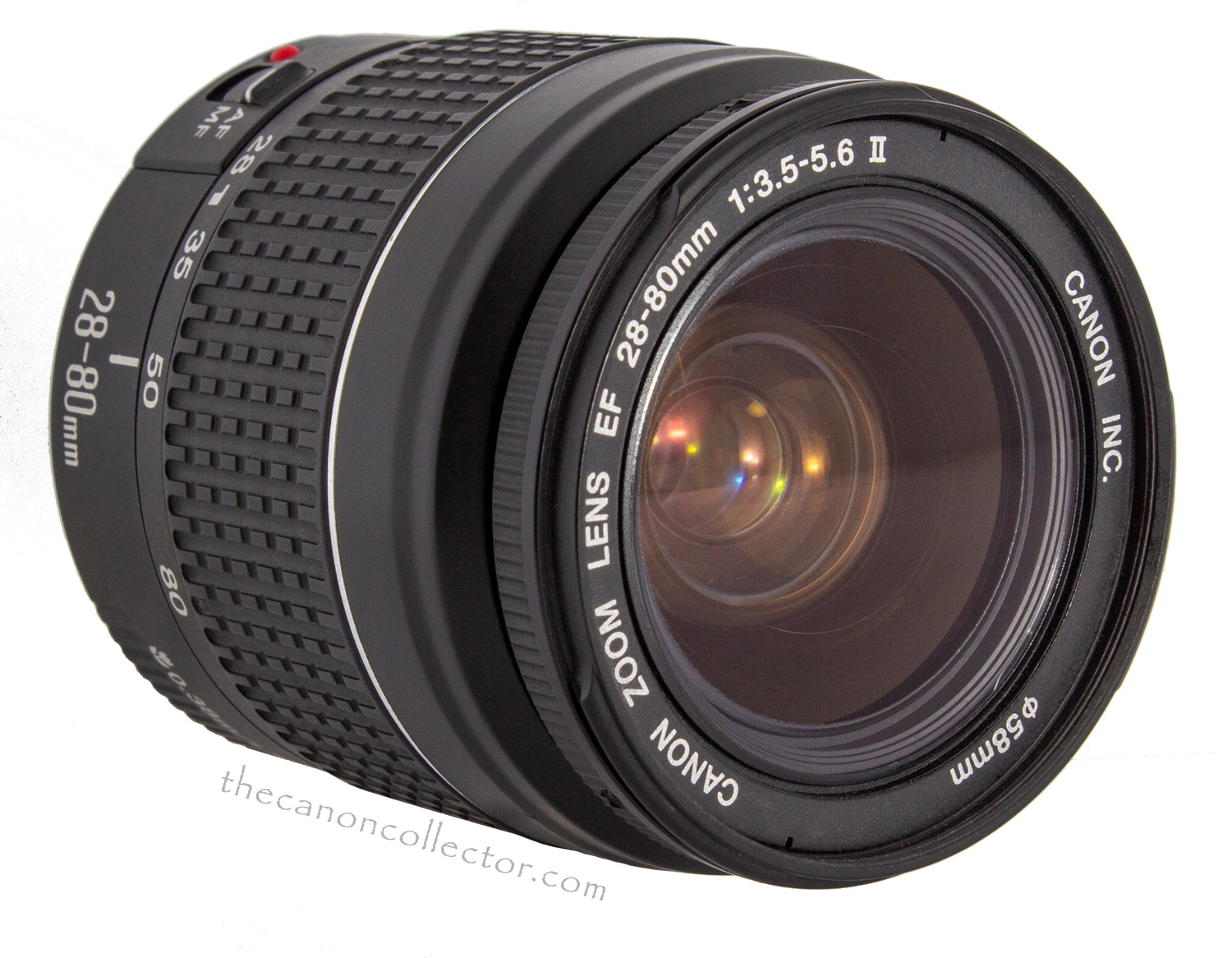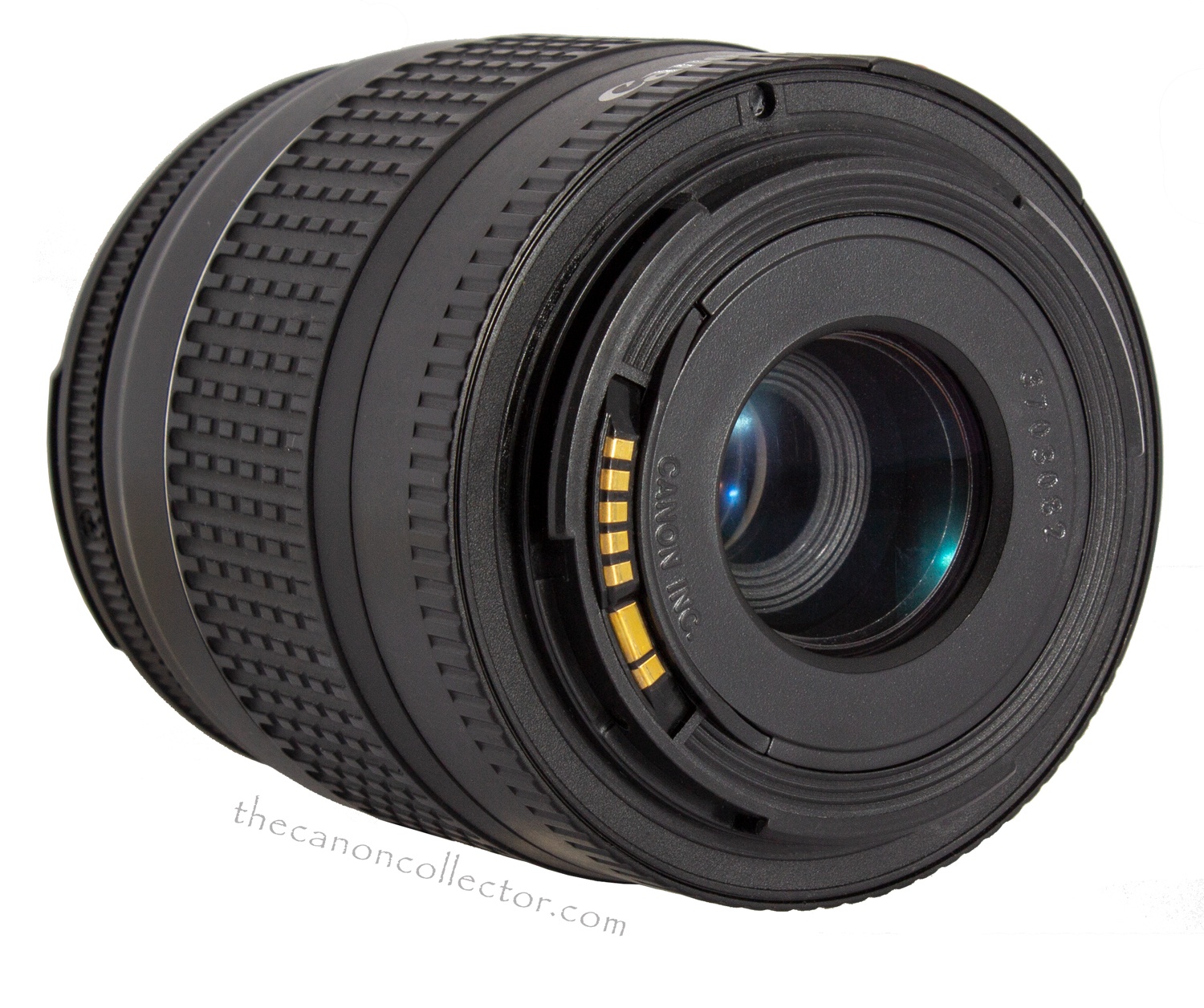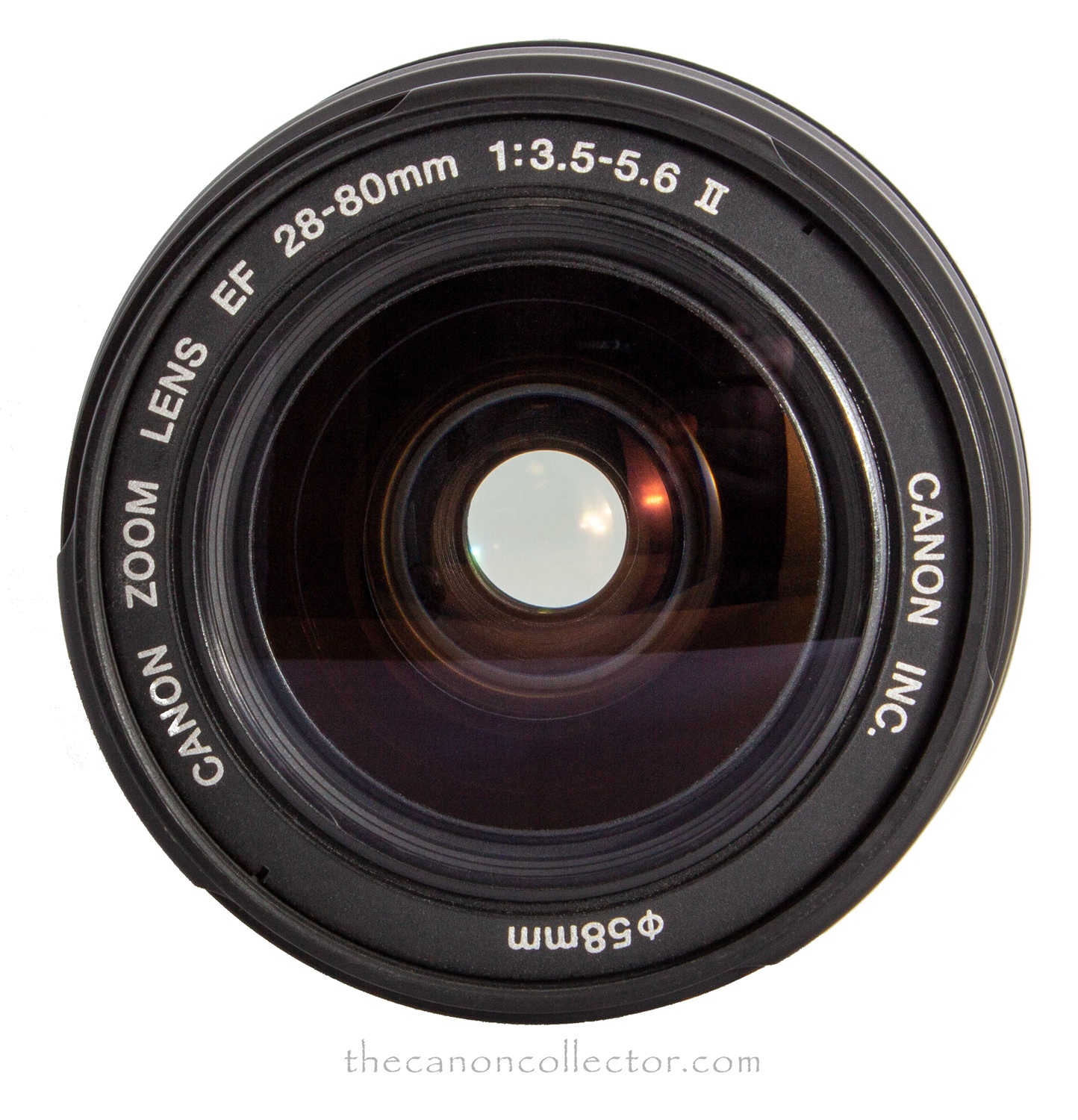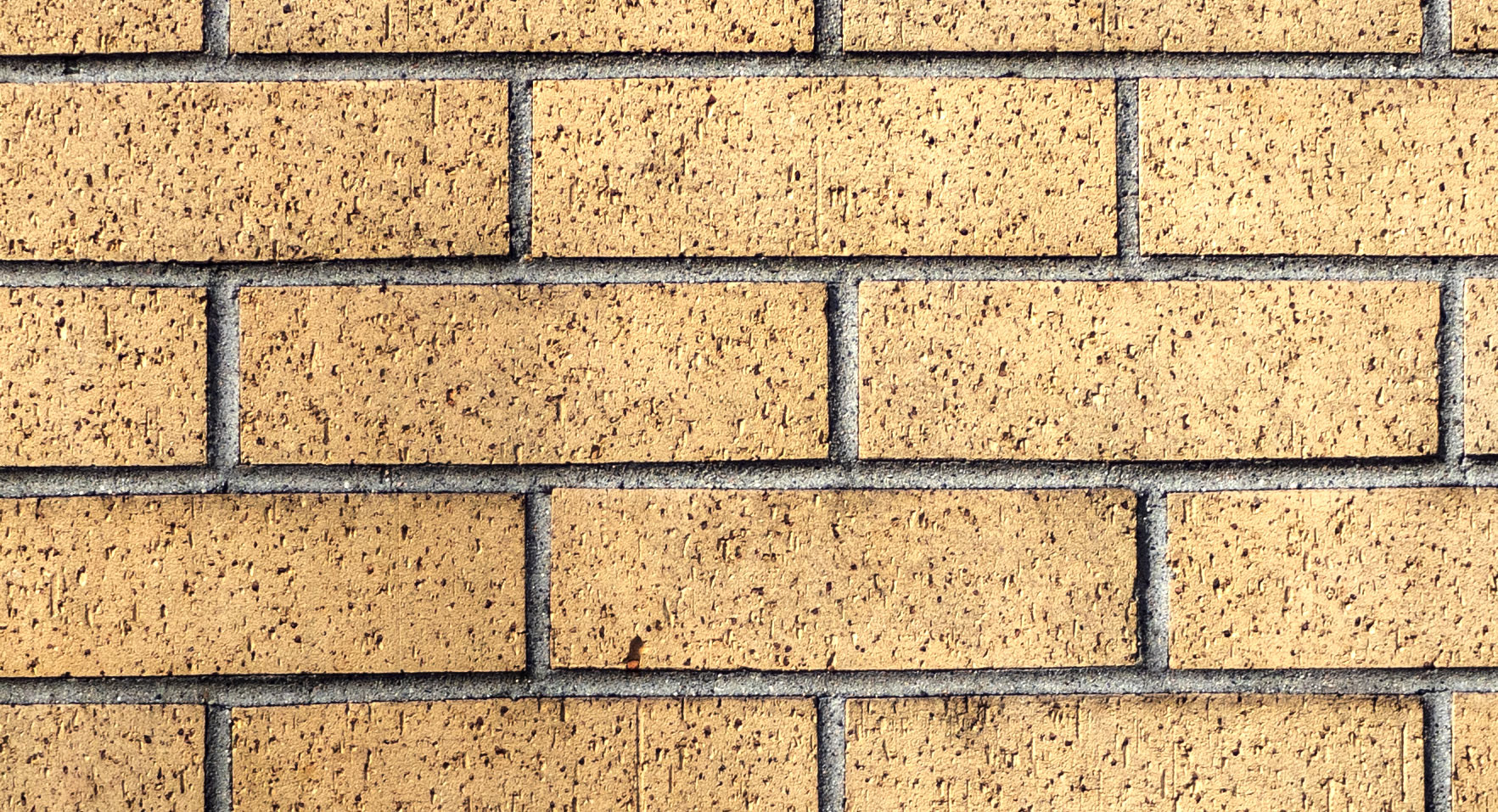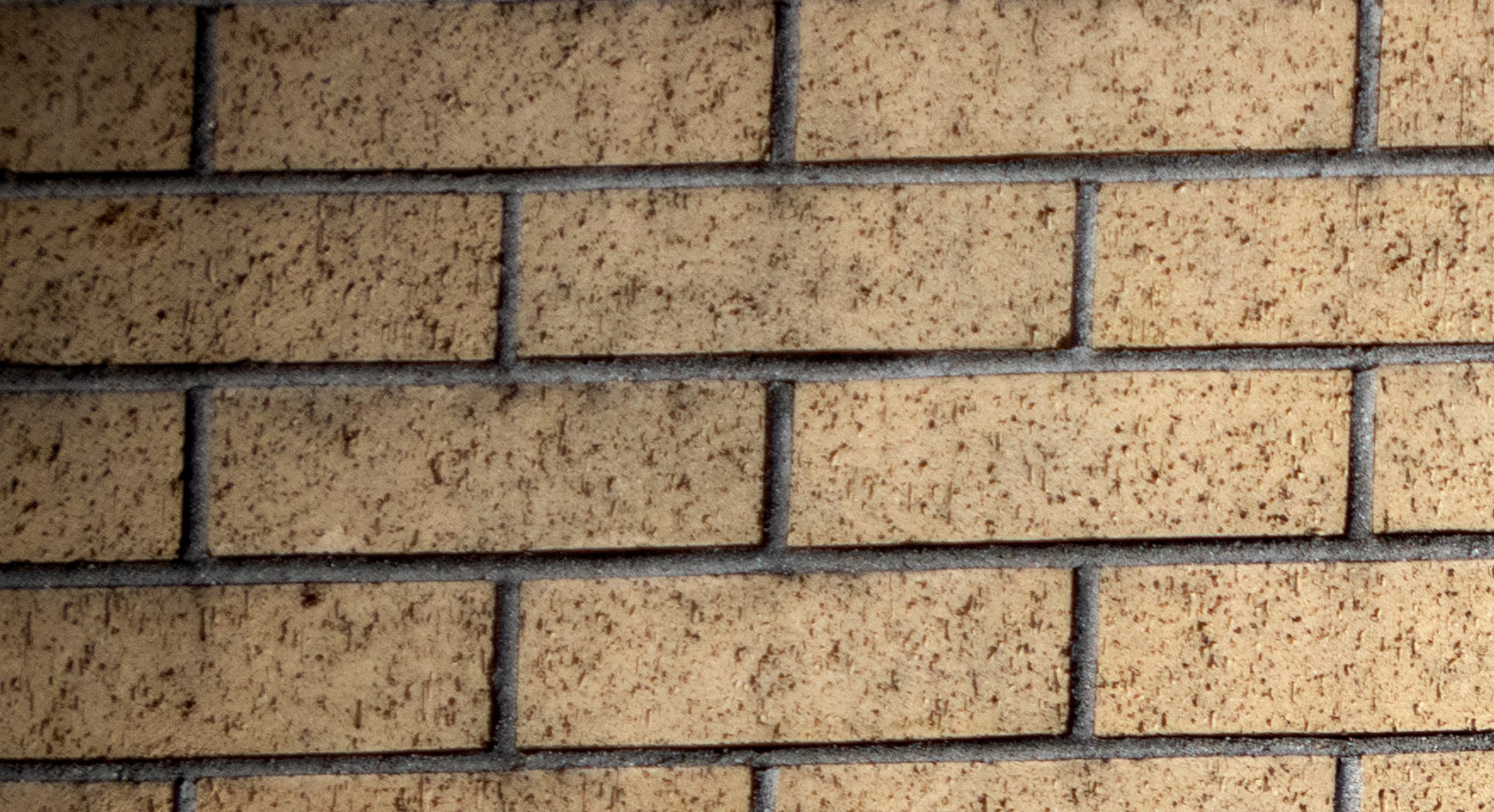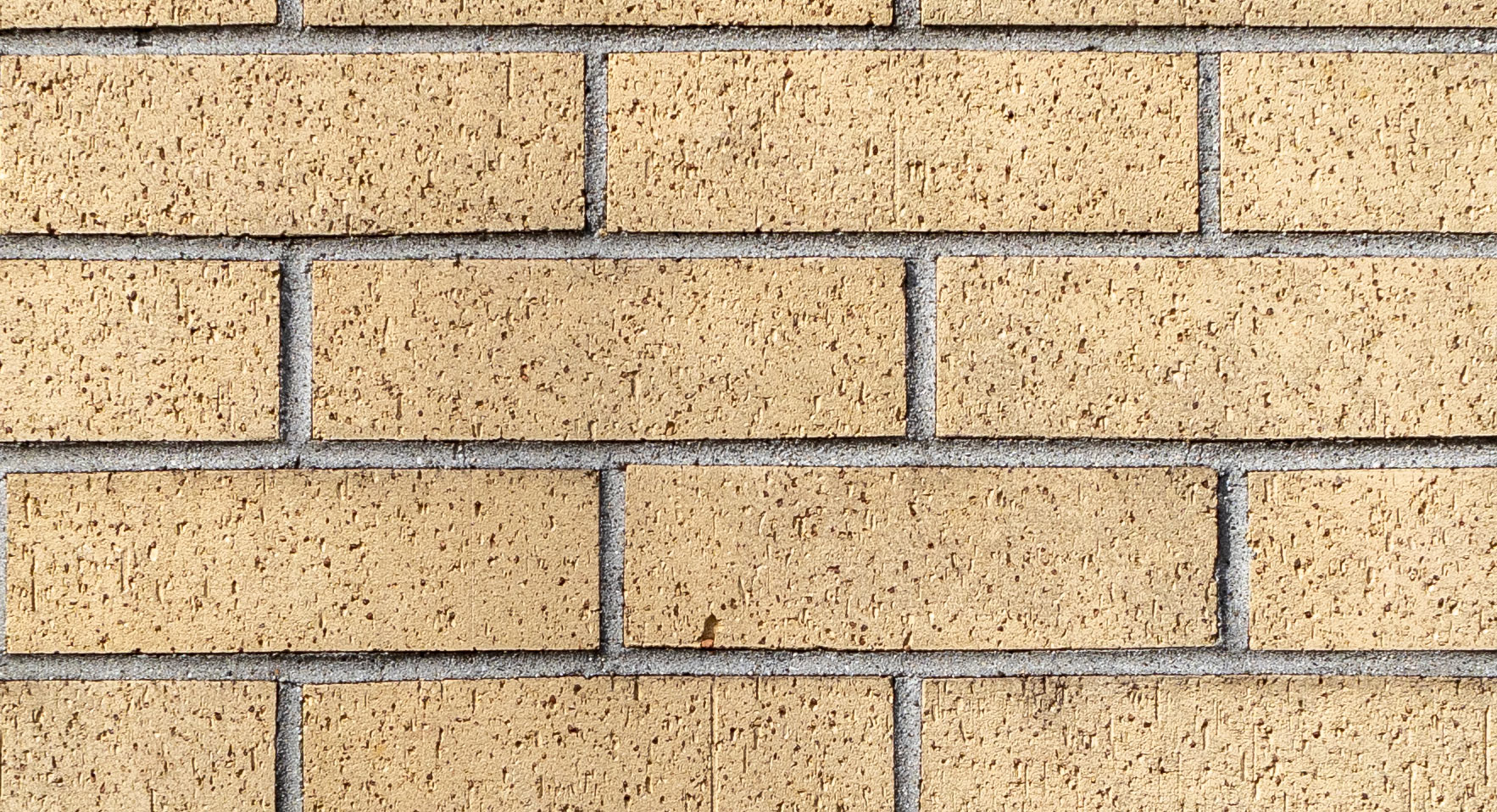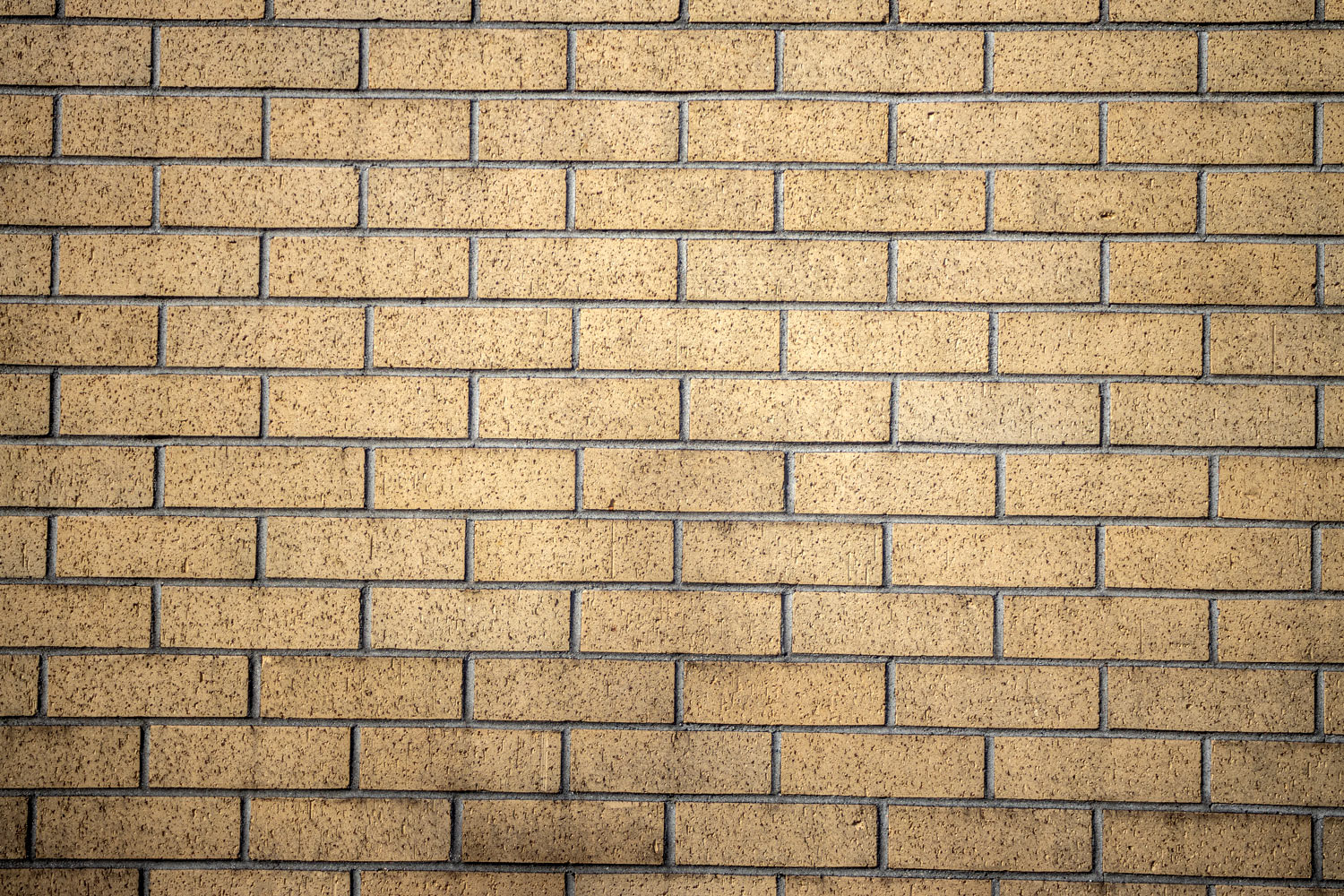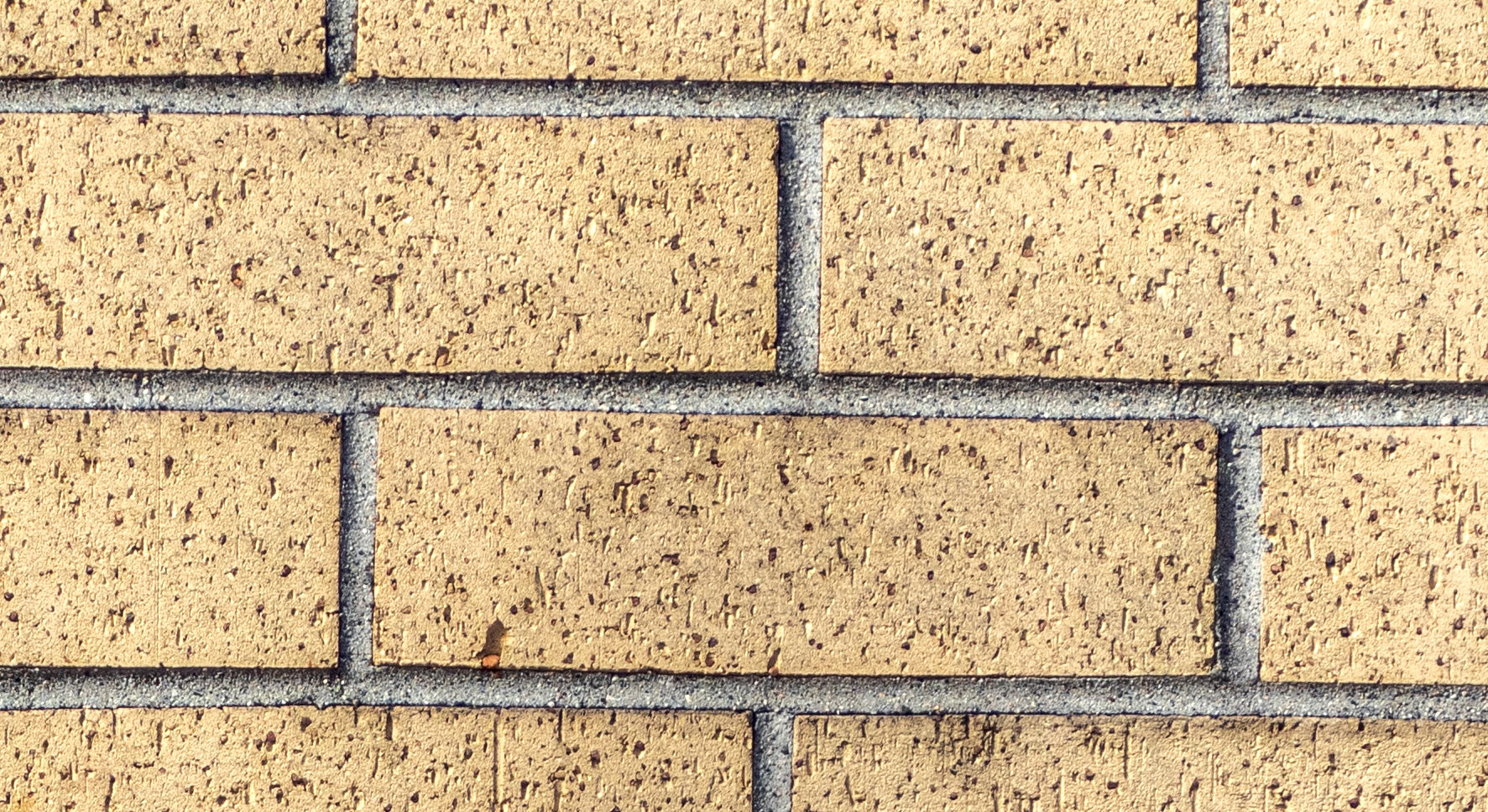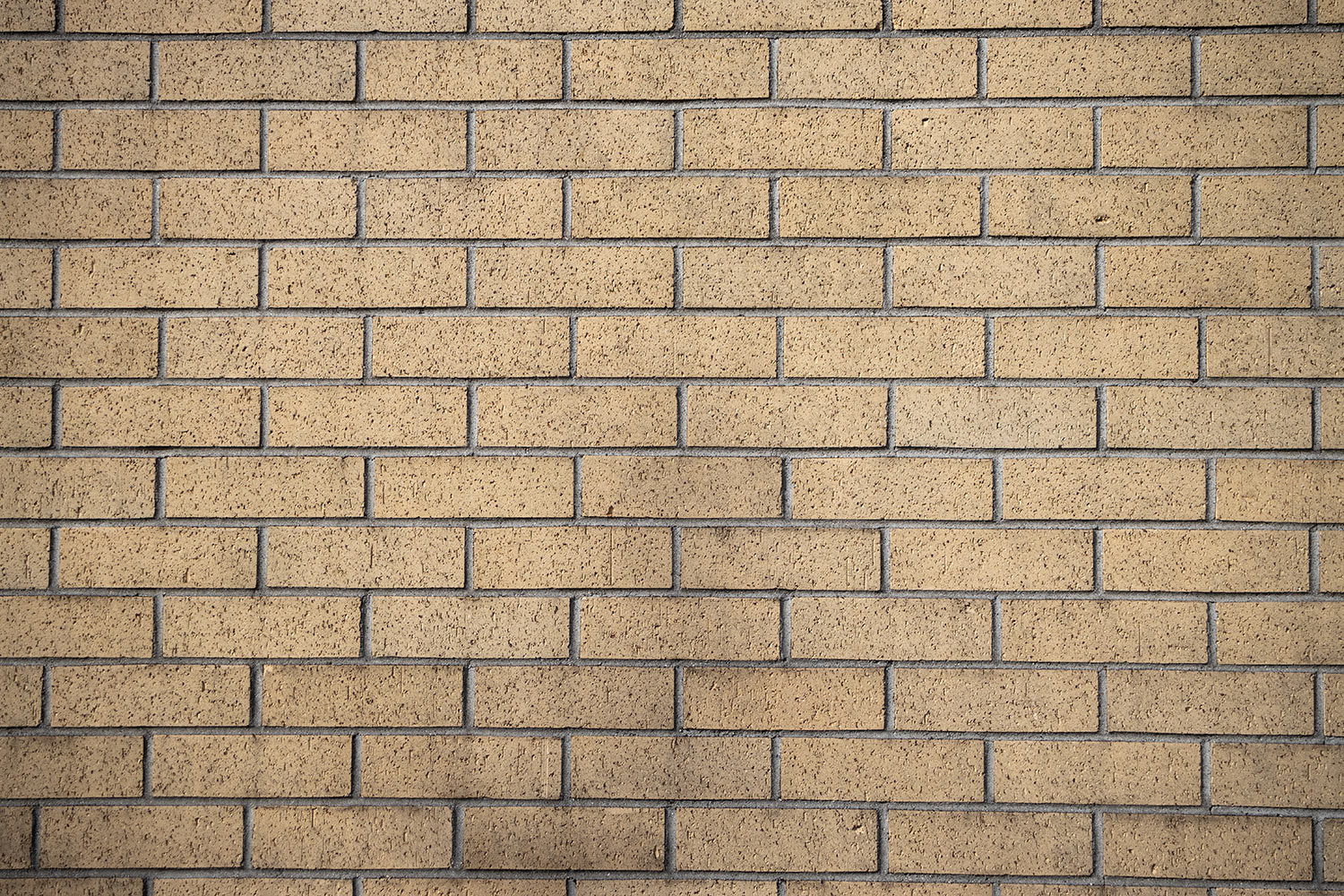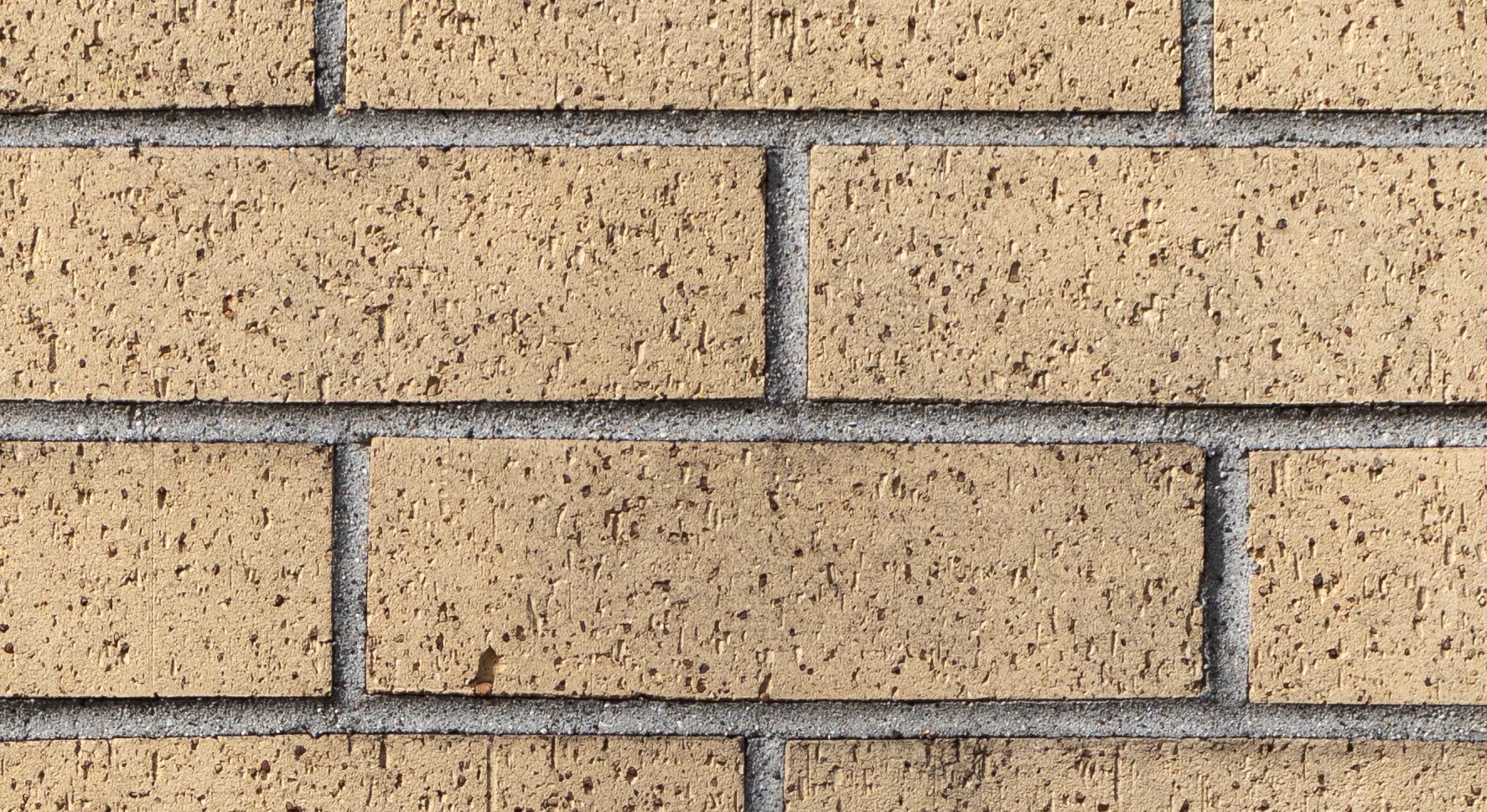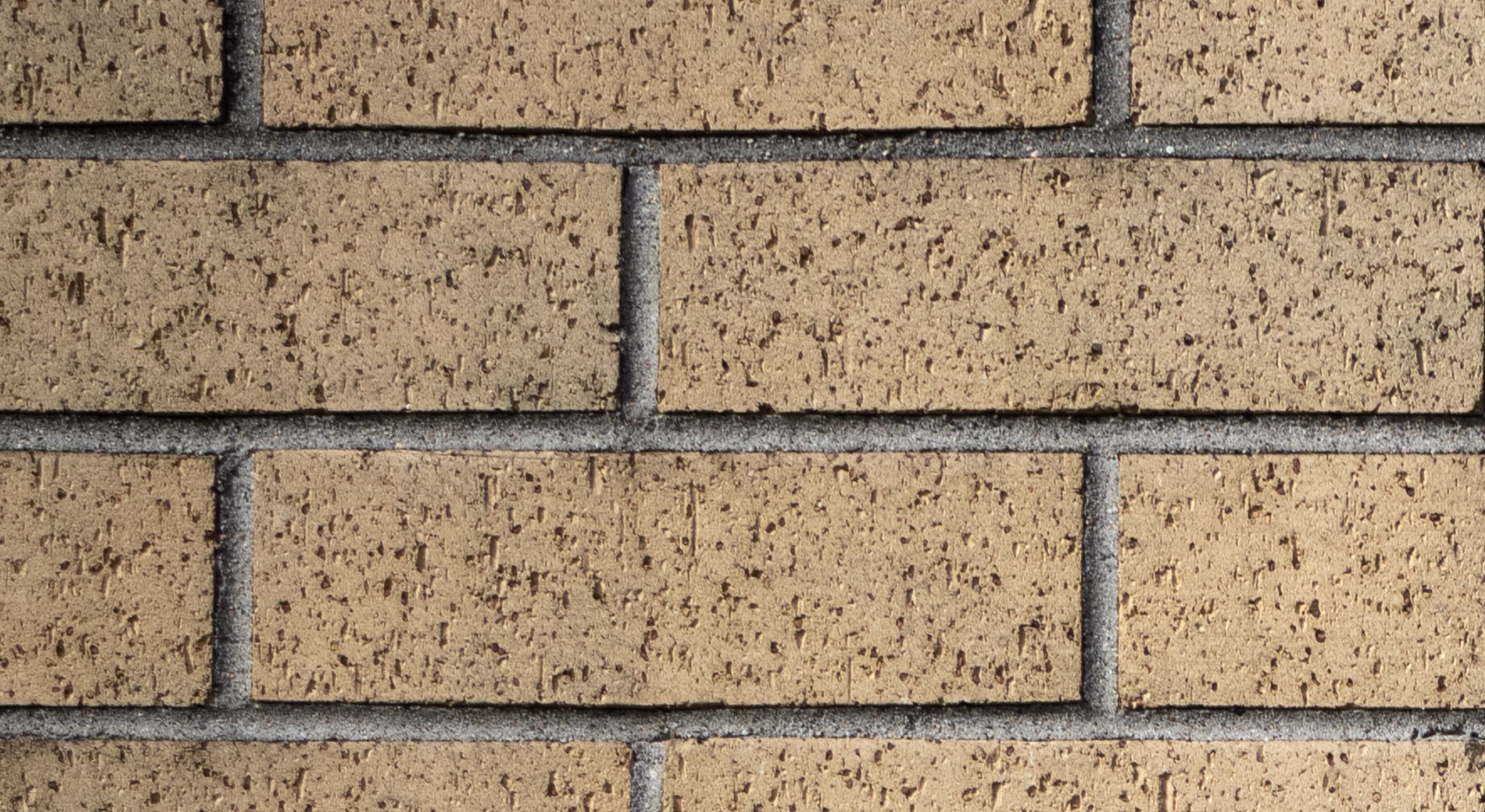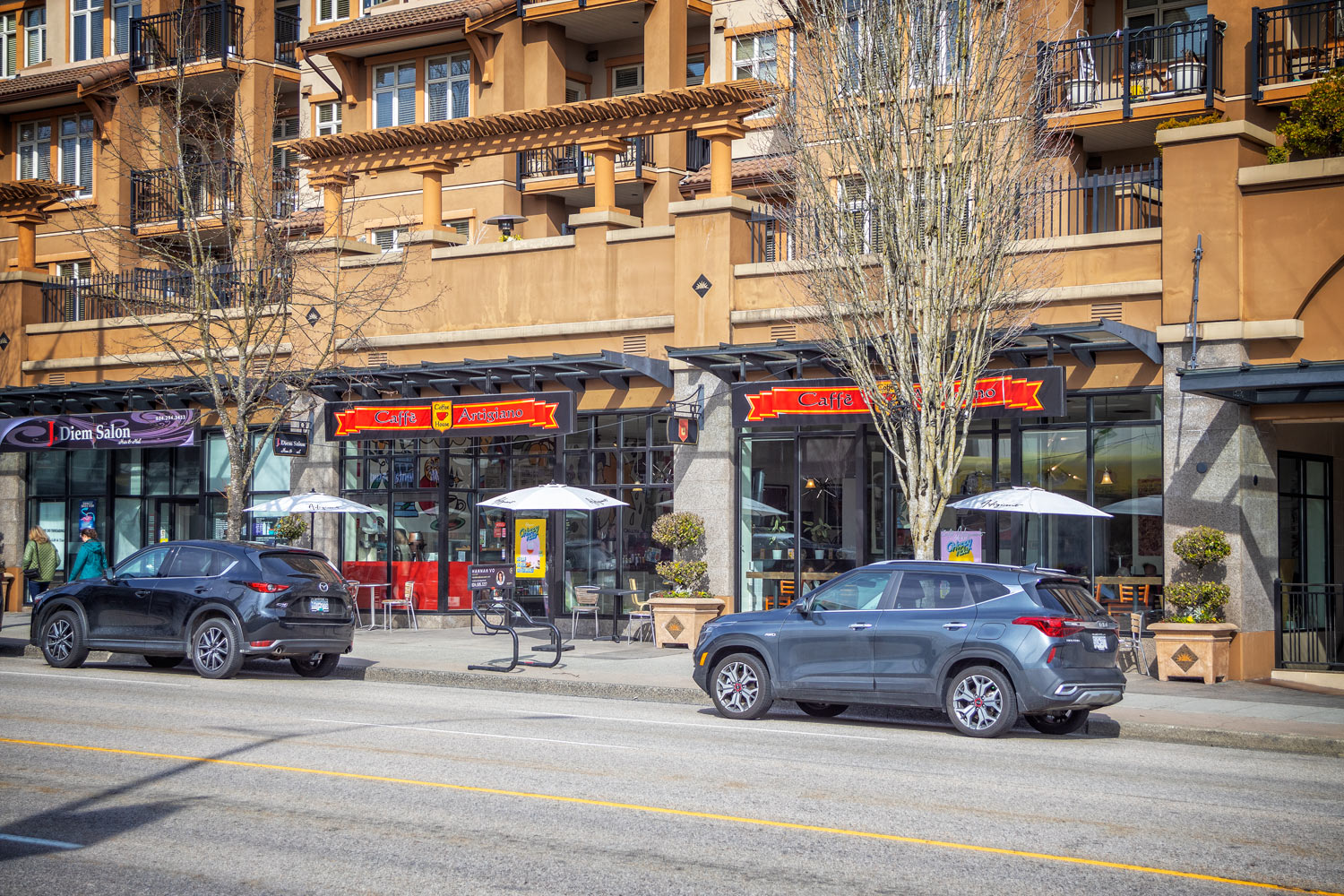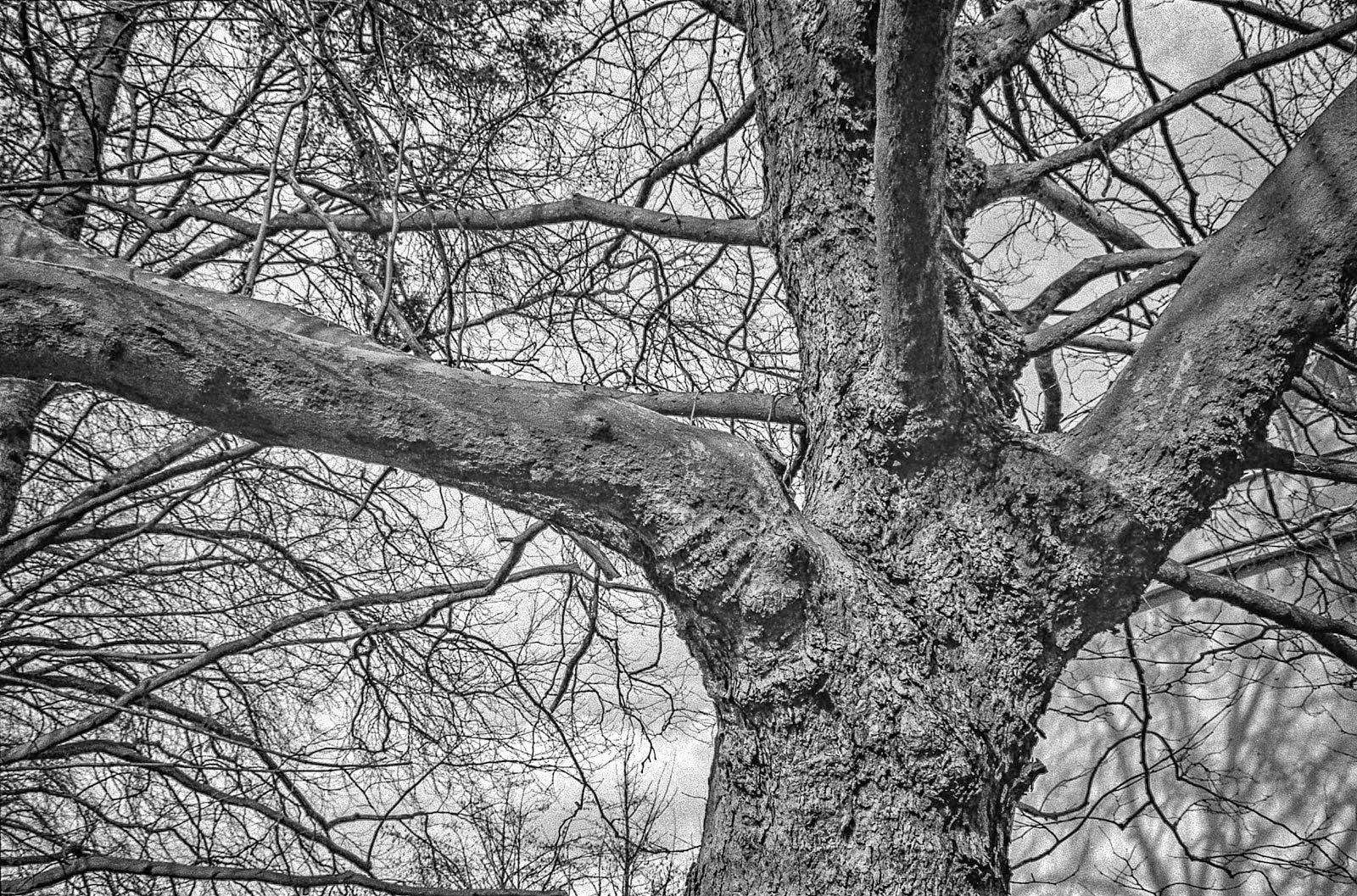My lens came to me mounted on a Rebel G film camera. It was designed as a kit lens for Canon’s entry level film SLR’s.
EF 28-80mm f/3.5-5.6 II
The EF 28-80mm f/3.5-5.6 II lens was one of a series of lenses of that focal range beginning in 1991 with the EF 28-80mm f/3.5-5.6
USM and ending in 1999 with the
EF 28-80mm f/3.5-5.6 V USM. There
were 7 in all and they were
intended as inexpensive kit
lenses for Canon’s line of entry
level SLR film cameras. There was
the EF 28-80mm f/2.8-4.0 L USM but
we are not discussing that here. That
was “L” series glass.
If you research this lens on the internet
you will quickly become aware that it gets
very bad reviews and some nasty
comments. However no one seems to really think about what this lens was designed for and whether it meets those criteria. So we have a lot to unpack here. But, let’s start at the beginning.
The front element of this lens is not well recessed into the front of the lens barrel and it is subject to finger prints and scratches. It needs a filter!
The EF 28-80mm f/3.5-5.6 II was introduced in April of 1999 as a kit lens for entry level film SLR’s such as the Rebel G or Rebel 2000. It is constructed of plastics, very tough plastics, and is very light, 200 grams. It has 10 elements in 10 groups, i.e. none are cemented together. Minimum aperture is from f/ 22 to 38 depending on focal length setting. It replaced the EF 28-80mm f/3.5-5.6 which had been introduced in 1996. Optically it was the same as the EF 28-80mm f/3.5-5.6 IV USM which was released at the same time.
The only control on the lens is the one that turns of the Auto Focus. There is no image stabilization.
Auto-focus is powered by a miniature DC motor which is not fast but it is adequate. The front element rotates as the lens focuses and when the AF is off the manual focus ring is a very narrow ring of plastic right at the front of the lens.
The front element is not recessed into the lens body which has two bad results. Firstly, there is no shading of the front element and so the lens can be subject to flair without an optional lens hood such as the EW-60C.
Because the front element of the lens is so close to the front it is subject to being touched or, worse, struck. A filter, 58mm, is essential on this lens to protect it.
The Canon Museum website says that this lens was “sold overseas only” which I assume means it was not offered for sale in Japan. Being an older lens no longer sold by Canon it can be found on E-bay for $30-$60 second hand.
The front element on this lens is very near the front of the lens barrel and needs a filter for physical protection and a lens hood to keep flare to a minimum.
Why is it so Unpopular?
As I said above, if you read about this lens on the internet you will find that people don’t like it. Actually, the comments are worse than that. But what you must understand is that this lens was never intended to be an “L” series lens or to compete with one. This lens is available for $50.00 and you can’t compare it to a lens available at $1,500.00. But that is what people do. Not only that, when you are pixel peeping no lens is perfect.
There are no bad lenses. None! But there are lenses that are not right for a particular job. I have taken beautiful pictures with the lens out of a Brownie Hawk Eye camera. It can be done. You chose your lens to fit your project and your budget.
I think too that there is a certain amount of “piling on”. The negative comments are made without detail or serious analysis. That is a problem with the internet. There is no accountability. People make comments to feel important or intelligent. Usually those people are neither.
The 28-80mm f/3.5-5.6 II was created to be sold on entry level film cameras. Everyone knows that if you want to progress past the beginner level that you buy a more expensive lens. You cannot spend $50.00 on a lens and then complain that it has weaknesses.
Look at the lens diagram. Only ten pieces of glass, no special lens materials, no doublets or triplets. For a zoom lens this is simple. Modern higher ended lens with this zoom range have sixteen, seventeen or more lenses.
But how good is it, really??
To really get to the bottom of the issue we are going to have to do some pixel peeping of our own. I took this lens out on my Rebel G and shot a roll of Ilford HP5 at ISO 400 and then I put the lens on my Canon R and did the same. As we might have expected, when we get right up close to the images the faults in the lens become obvious. There are reasons to complain about this lens.
Looking first at this lens at 28mm, it’s widest zoom and at maximum aperture. You can see immediately that we have a strong pincusion effect and there is vignetting in the corners. There is also some mottling in the image but this is the shadow of overhead trees on the wall. The center image is the same lens settings but at a magnification of 100% from the center of the image. Even wide open, this lens is sharp in the center. However look at the right hand image. This is the upper left corner at 100%. Not good!
I try when possible to always shoot stopped down to f/8 or f/11 to get the best from my lenses, even the expensive ones. Well, if we look what happens at f/8, still at 28mm, the pincushion is still there but vignetting is almost gone (but we can add it back in in post processing if we want it!). The center is still sharp but more so, and even the upper left corner is cleaned up a lot!
Now lets change the focal length and try that again.
Well, look at that! This lens cleans up pretty well. Distortion is acceptable, vignetting almost gone, and even the upper left corner is acceptable. And this is at f/4.5, the widest aperture at this focal length.
At 52mm and f/8 this lens is a performer. Even in the upper corner it looks pretty good. I am not going to carry on with this any further. You can see what is going on. The lens is variable depending on settings. At 80mm, the long end, it performs better than at 28mm and it improves as you stop it down. So what conclusions can we draw?
Well, tests like this say little about ultimate image quality, especially when you are able to do some post processing. So lets look at actual images.
I love this gnarly tree in our local park. The branches are wonderful in their chaos of texture and in the summer decked with green leaves it is a wonder. For a beginner camera, what more do you want? For fifty bucks I think this is a good deal!
I often go to this coffee shop to sit and enjoy a coffee while I read the news of the day. When the trees out front are covered in leaves the sidewalk tables are in dappled shade and very inviting.
When you actually use this lens results seem to surpass the harshness of the test images above. The lens performs better than you expect. I find this true of most if not all of the lenses I test.
So, is this a great lens? Of coarse not. But for the price, for the camera it came on, it performs well. It is exactly what it was designed to be: an inexpensive entry level lens for beginners and casual shooters. Will you want to upgrade it once you gain experience? Of course you will.
It is not fair to criticize Canon for this lens. They wanted to provide a lens for every level of user and every pocket book. And in fact, this lens is capable of great photography. If you find that it is not I would suggest the answer can be found in the photographer. But there are those who are all too ready to blame their equipment for their failings.
This image is from the roll of HP 5 I shot in my Rebel G with this lens. I love the texture in the bark and the chaos of the branches above. It may not be great photography but I love to photograph the structure of trees. I think the EF 28-80mm f/3.5-5.6 II is perfectly matched to entry level film cameras.
This website is the work of R. Flynn Marr who is solely responsible for its contents which are subject to his claim of copyright. User Manuals, Brochures and Advertising Materials of Canon and other manufacturers available on this site are subject to the copyright claims and are the property of Canon and other manufacturers and they are offered here for personal use only.

